Contents
- Traditional and Modern Eating Practices
- Meals of the Day
- Local Produce
- Baby Food and Tiffin Boxes
- Pickles
- Festival and Seasonal Delicacies
- Prasad and Bhandara
- Wedding Food
- Local Culinary Traditions
- Bittya with Urad Dal
- Lunji
- Vada
- Crab Dish
- Alcohol, Tobacco and Substance Use
- Eating Out
- Hotel Maniprabha
- Hotel Chintamani
WASHIM
Food
Last updated on 22 July 2025. Help us improve the information on this page by clicking on suggest edits or writing to us.
Traditional and Modern Eating Practices
The food habits of people in Washim have gone through significant changes over the past. Traditionally, people only ate fresh vegetables and fruits that were locally grown. However, presently people store food in the refrigerator for days, eat frozen food and the culture of eating at restaurants has also taken over the traditional food culture of the district. Similarly, in the past, people preferred fresh milk that directly comes from the farm. In urban areas, this has subsided with the availability of packaged milk while in rural areas people continue to prefer fresh buffalo milk.
Meals of the Day
Washim's mealtimes differ between city and village life. In the villages, people eat earlier: lunch is taken during the late morning hours, while dinner is usually during the early evening hours. In the city, people tend to eat lunch during the early afternoon hours and have dinner later, during the late evening hours. No matter where you are in Washim, there is a tradition of taking a tea or coffee break between lunch and dinner. This break often includes a delicious snack, such as Vada Pav, Samosa, Kachori, or Pakoda. Finally, after every meal, many people in Washim enjoy a mouth freshener. Popular choices include mukhwas (a sweet and savory after-meal mix), green mukhwas (a mint-based version), supari (betel nut), and soda (a fennel seed digestive aid).
Local Produce
Washim's agricultural produce has grown over time. Traditionally, sorghum, rice, peanuts (groundnut), and lentils (dals) like urad, moong, and tur were the main crops. But these days, the district's fields are even more diverse. In areas with plenty of water, farmers grow a wider variety of crops alongside the traditional ones. One can now find wheat, gram (chickpeas), bananas, and watermelons flourishing in the district.
Baby Food and Tiffin Boxes
According to the Anganwadi workers of the district, the first food given to infants includes Varan Bhaat (Maharashtrian dish of steaming hot rice topped with ghee and lentil curry). But for school lunches, there aren't any set rules. Kids bring whatever their moms make at home, which could be anything delicious. Traditionally in villages, kids used to bring plain lunch boxes and get rice at school, but now some village kids often bring chapati and bhaji from home.
Pickles
In the hot summer months, Washim people love to enjoy lighter pickles that are cooling and tangy. Lemon, amla (Indian gooseberry), and bhokar (cluster fig) pickles are popular choices during this time. But mango pickle is a year-round favorite, no matter the season.
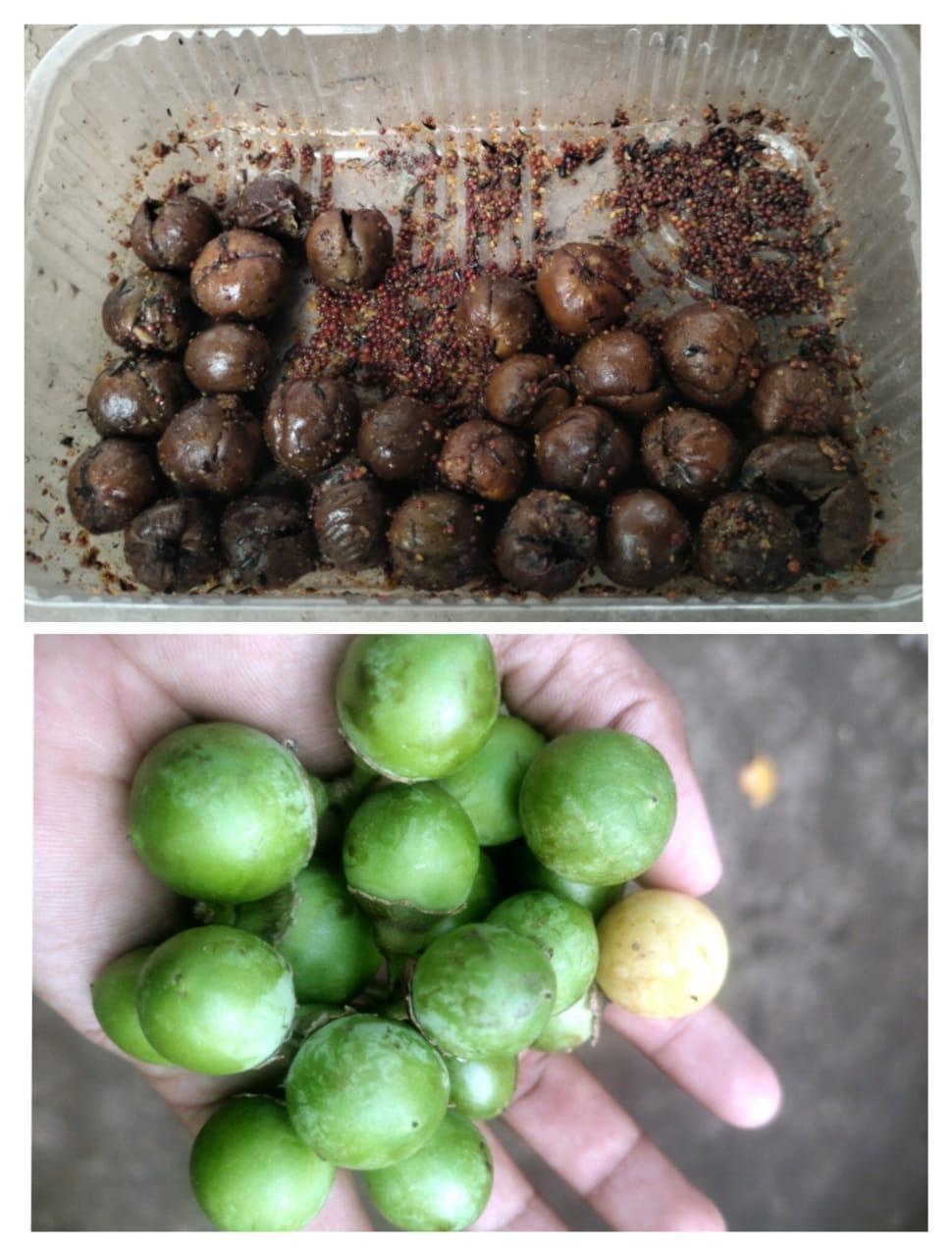
Festival and Seasonal Delicacies
During summers, mango is the go-to food item. It is undoubtedly people’s favorite and they eat mangoes in various forms. For example, people make aamras and eat it with Puranpoli. Some other popular summer sweet items include Lassi, Buttermilk, and ice cream..
Prasad and Bhandara
Different kinds of prasads are served in different mandirs across the district. Some of the common prasad includes God Ravyacha Sheera (a sweet pudding made with semolina, ghee, sugar, and milk), Bundi, Aloo Puri, Lavdyachi Futaane (a sweet and savory snack made with flattened rice, peanuts, and spices), Doodh Peda, etc. Further, at the Gajanan Maharaj Mandir in Washim, a Bhandara is kept every Thursday where chapati, Jalebi and besan are served as prasad.
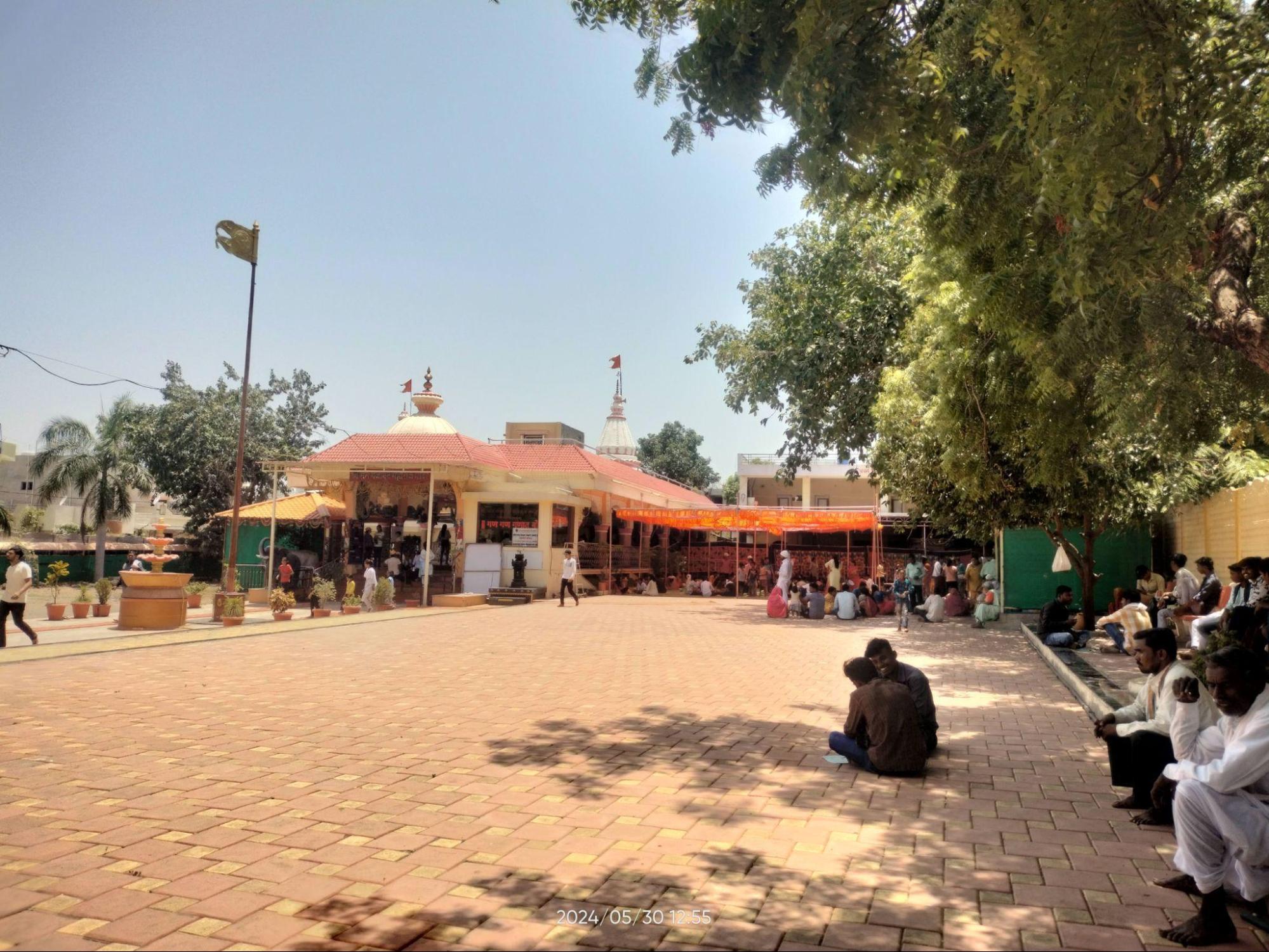
Wedding Food
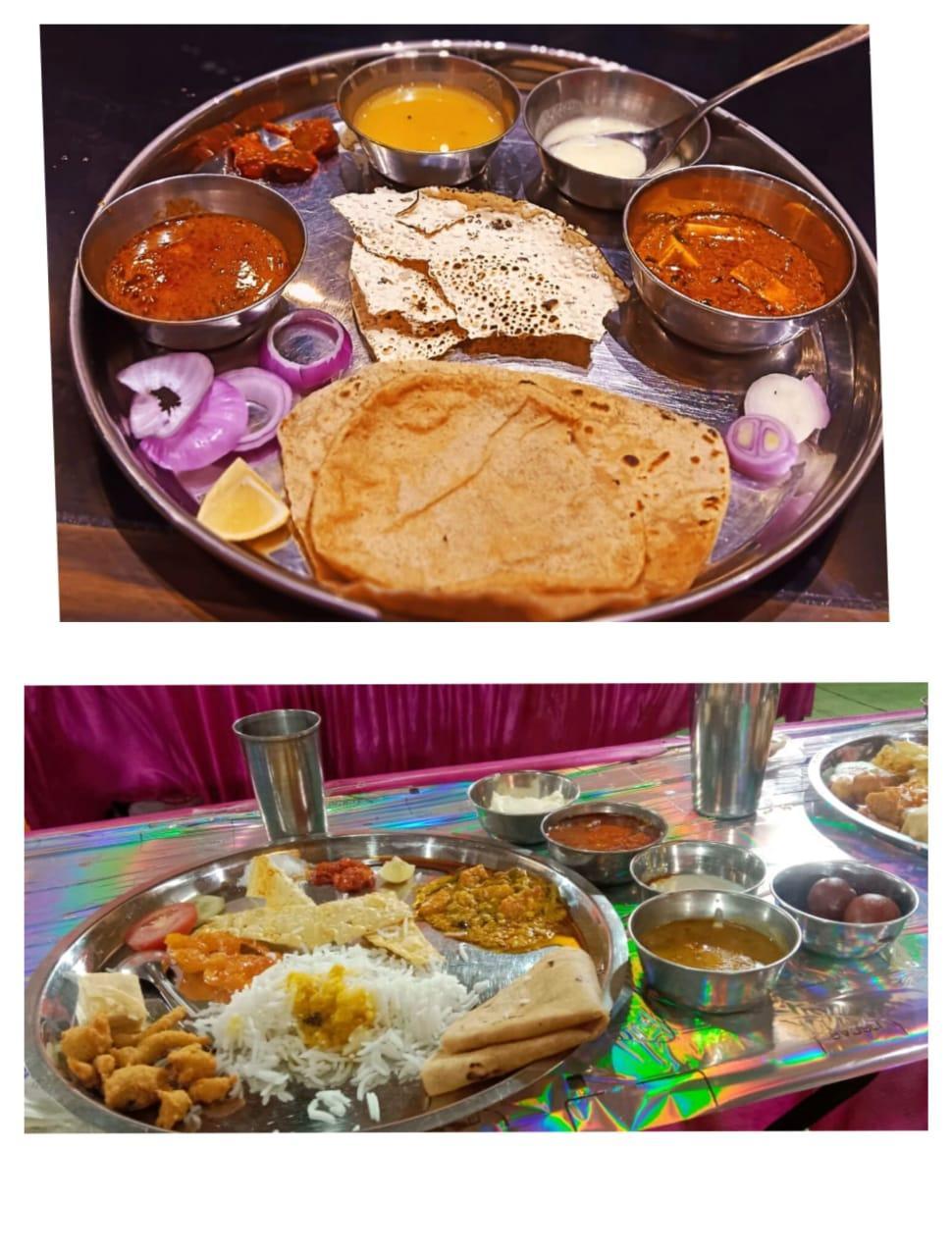
The wedding menu in the district typically consists of varan (a lentil dish), an eggplant dish, rice, chapati, and a sweet dish. If a family is economically well-off, they often enhance their menu with additional desserts such as Jalebi, Boondi, Gulab Jamun, and more.
Local Culinary Traditions
Bittya with Urad Dal
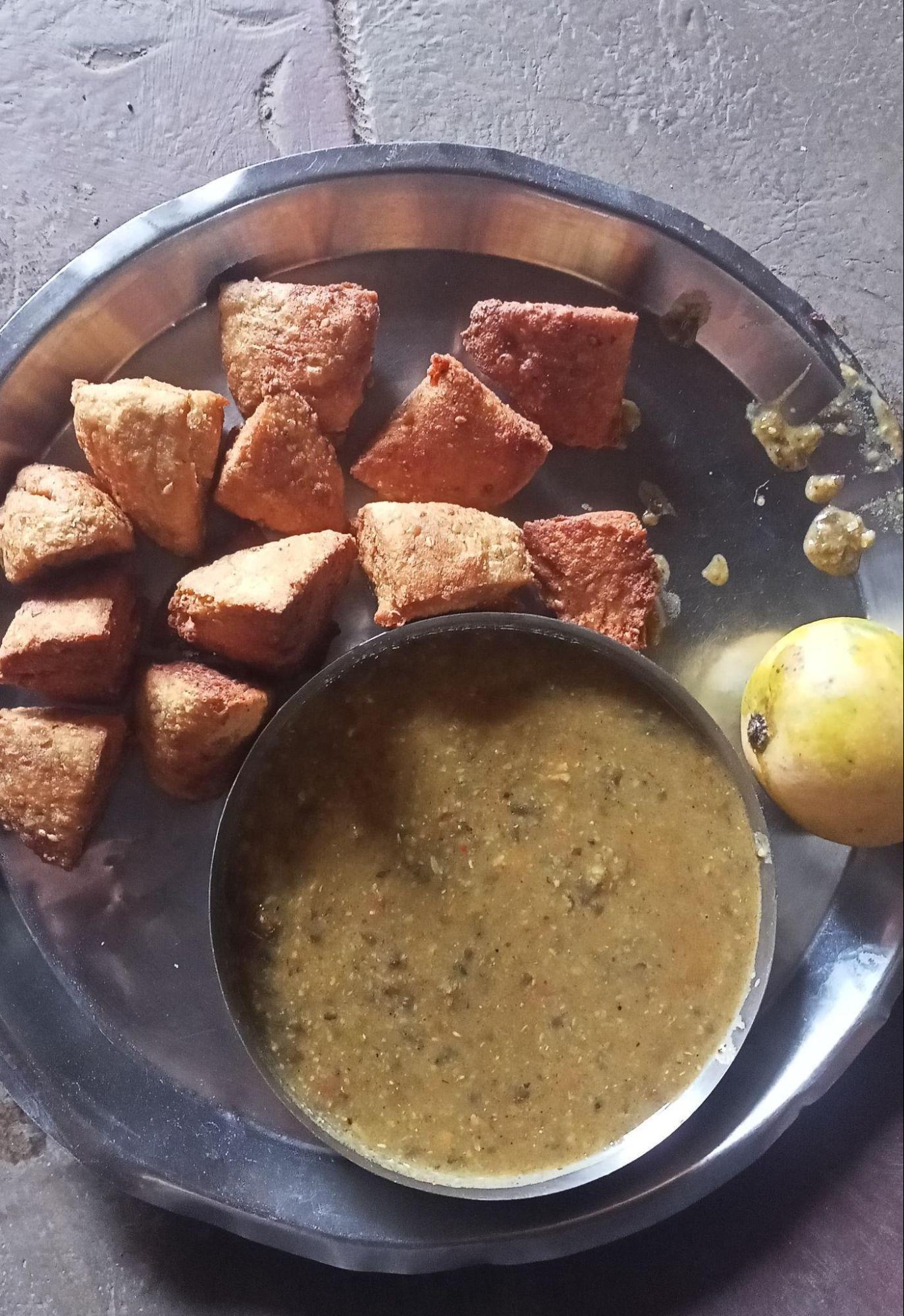
Bittya are small steamed balls made from flour dough. It is usually eaten with eggplant curry or urad dal.
Lunji

Lunji is the most popular dish in Risod city. It is made by tossing mango slices into a mixture of five spices - fennel seeds, mustard seeds, fenugreek seeds, onion seeds and cumin seeds. Some ground spices, sugar and salt are added into this mix and then cooked until the mangoes are soft.
Vada
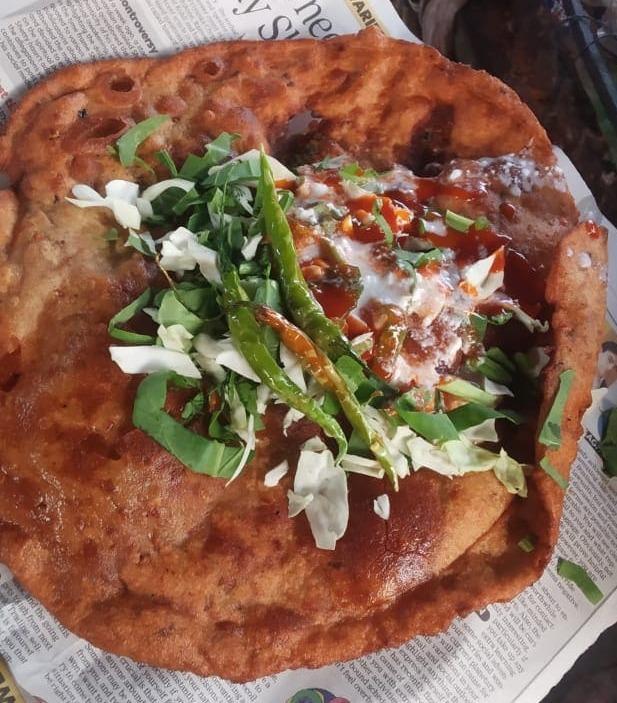
Vadas are extremely famous in the Malegao Jahangir taluka of the district. It is made out of wheat, barbati dal aata, moong dal aata, besan and rice aata.
Crab Dish
This crab dish is a popular item in indigenous communities. Loved by all generations, it is cooked regularly during the monsoons. Boys form a group of 7-8 people and go to catch crabs, and it is then prepared and eaten together.
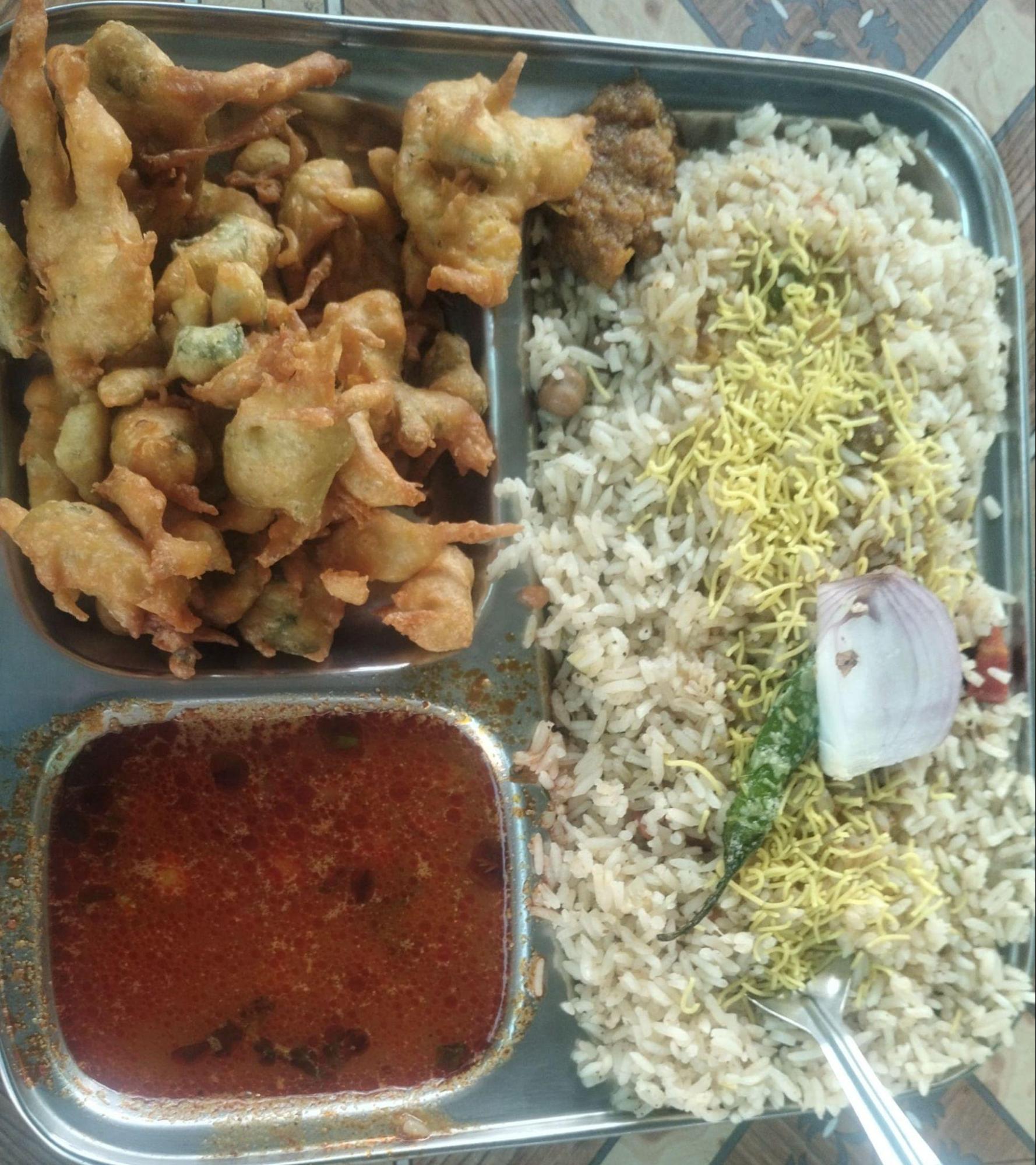
Alcohol, Tobacco and Substance Use
In Washim, a significant number of people consume local varieties of alcohol, including homemade alcohol and desi daru. The local alcohol, primarily made from mahua, is readily available in both villages and cities throughout the district. Regarding tobacco use, traditional practices included smoking bidis, but nowadays, young adults predominantly smoke cigarettes. Additionally, tobacco consumption extends beyond smoking; chewing tobacco is also integrated into the food culture of Washim, with many young and older males commonly consuming gutkha, particularly brands like Vimal.
Eating Out
There are few restaurants, food stalls and cafes in Washim and they vary in terms of the groups of customers that they attract.
Hotel Maniprabha
![Hotel Maniprabha[1]](/media/culture/images/maharashtra/washim/food/hotel-maniprabha1-c3320acb.jpg)
Maniprabha Hotel in Washim district was established in 1997 and is known for its warm hospitality and delicious local cuisine. It is often praised for its friendly staff and convenient location, making it a popular choice for travelers visiting the area. The hotel’s restaurant has an extremely diverse menu and is known for its Veg Kolhapuri Sabzi and Veg Maratha among other dishes.
Hotel Chintamani
Hotel Chintamani is a pure veg hotel in Washim located near Akola naka. The place is very pocket-friendly and offers homely food, which has become the USP of this hotel. One can get one thali for 130 rupees in which five dishes are included - chapati, rice, one time sweet, aachar, thecha, and papad.
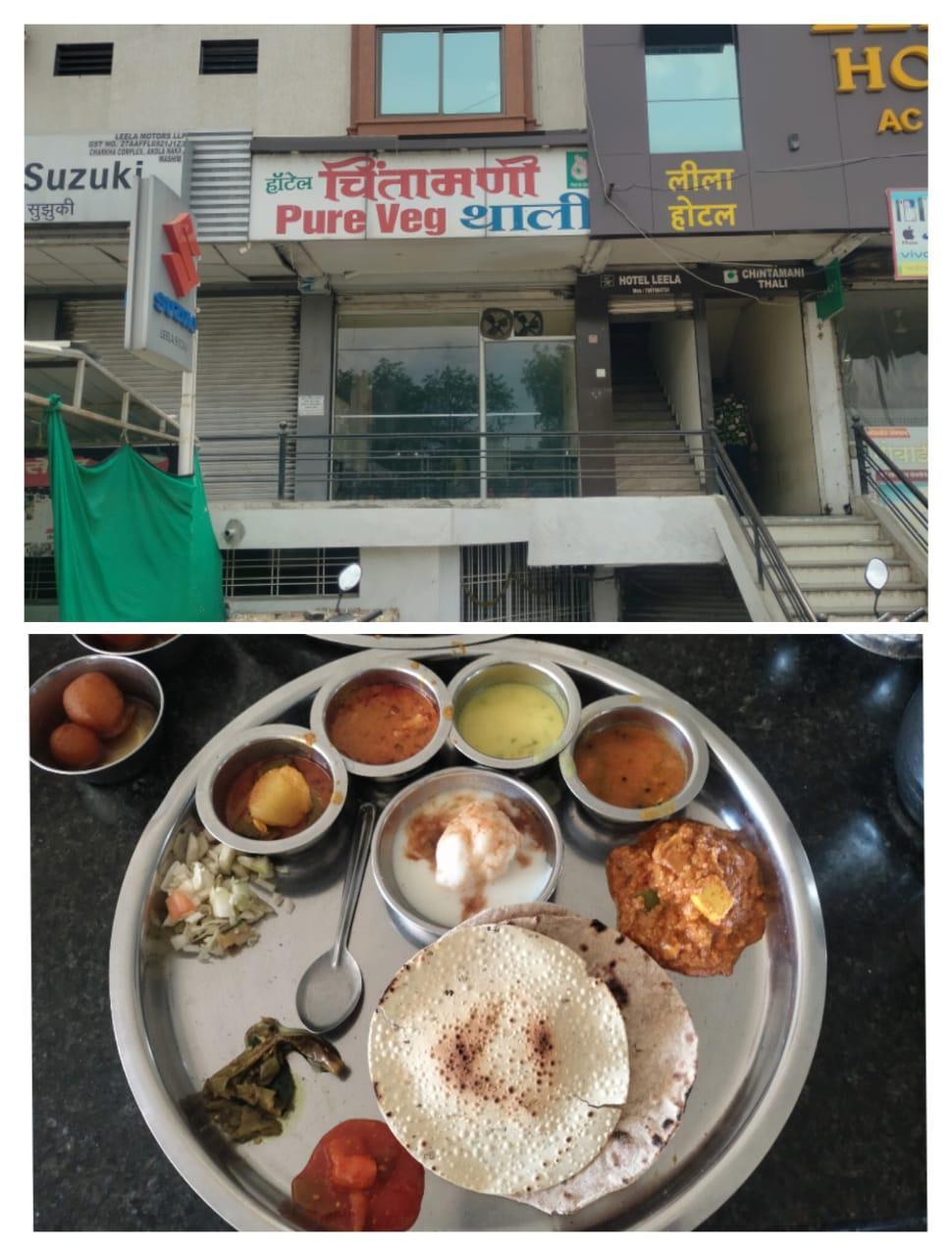
Washim district does not have many popular Khau Gallis or a vibrant street food culture. However, there is one notable area known as Ambedkar Chowk, where several shops offer a variety of dishes. These include Manchurian, Noodles, Pani Puri, Pav Bhaji, Dosa, Chicken Biryani, Chicken Masala, Chicken Curry, boiled egg, Anda (egg) Curry, Anda Bhurji, Omelet, Chicken Chili, Chicken Lollipop, Chicken 65, chicken leg piece, Fish Fry, Veg Pulao, Bhel, Khasta, Dahi Puri, and Sev Puri. Due to the wide range of items available, this street is gradually becoming a popular hangout spot for both youngsters and older generations.
Last updated on 22 July 2025. Help us improve the information on this page by clicking on suggest edits or writing to us.